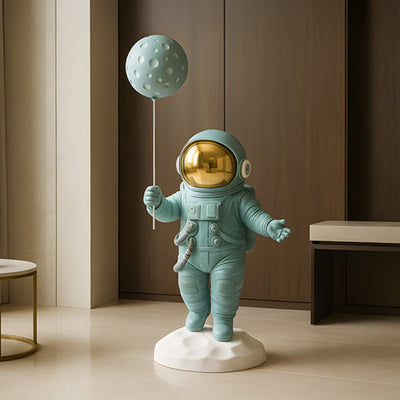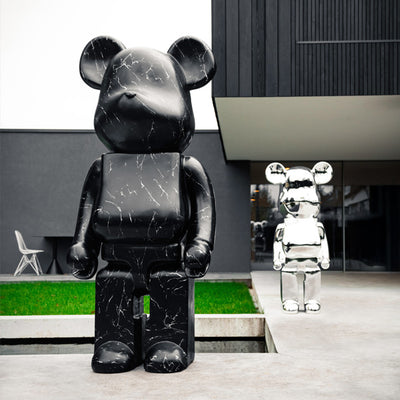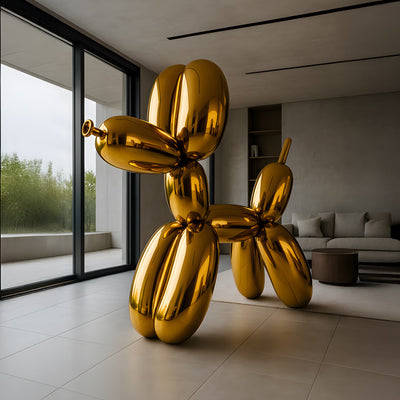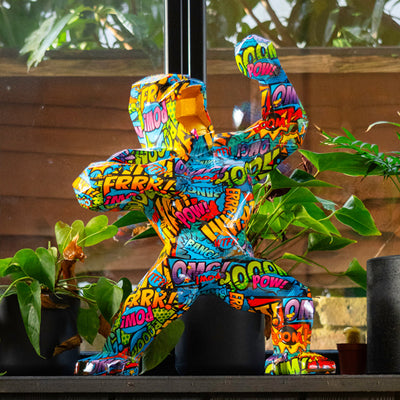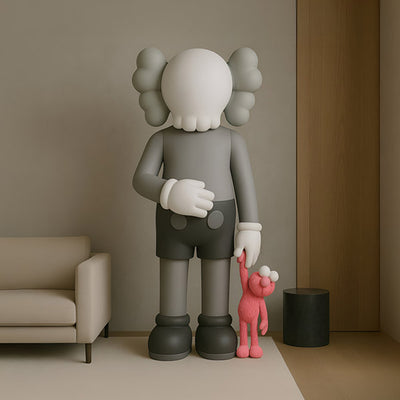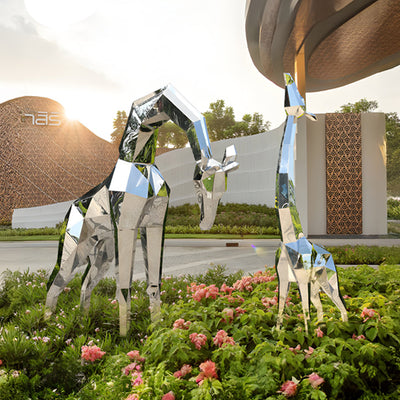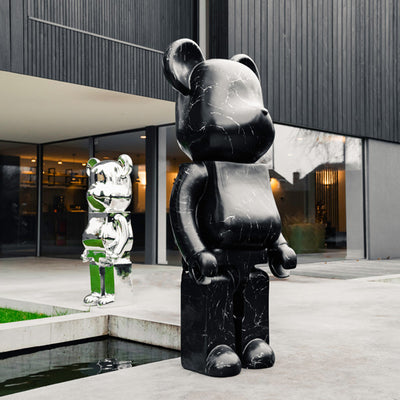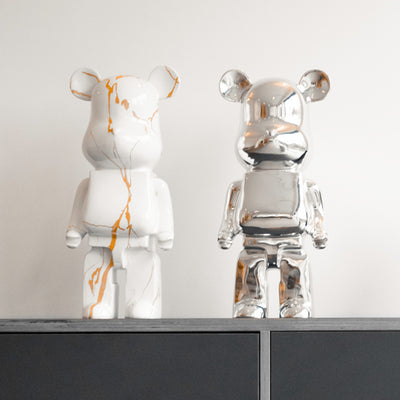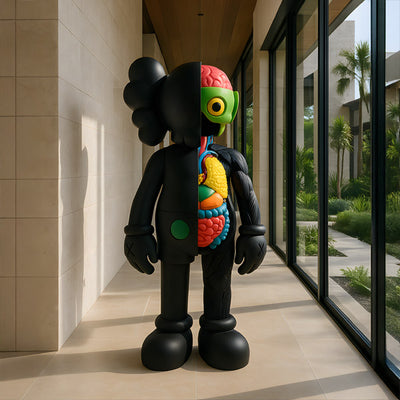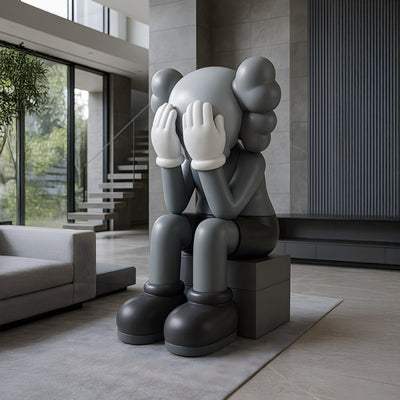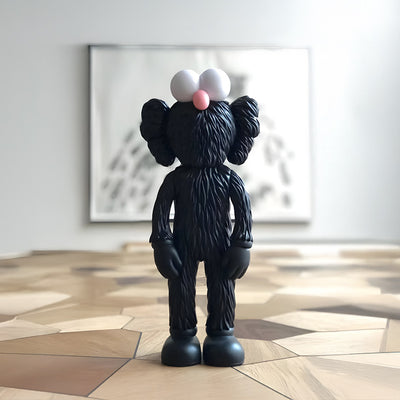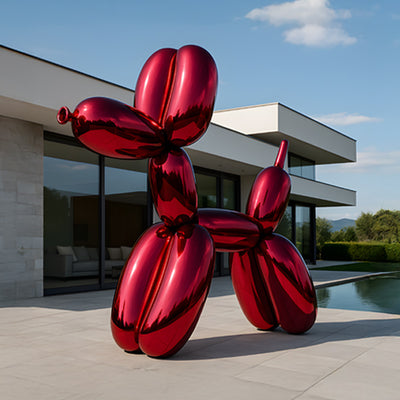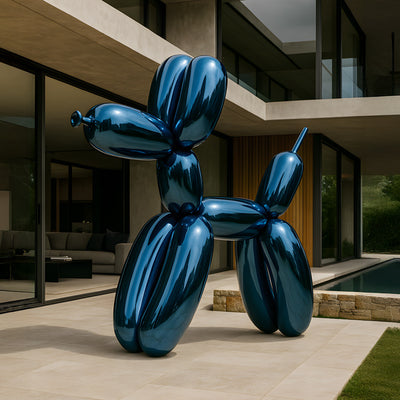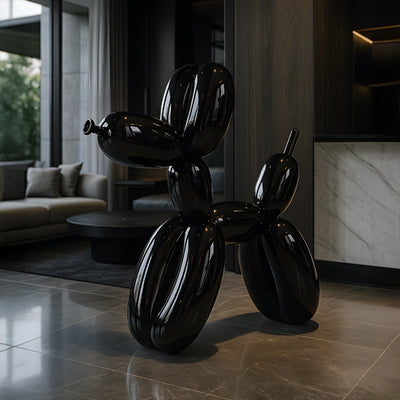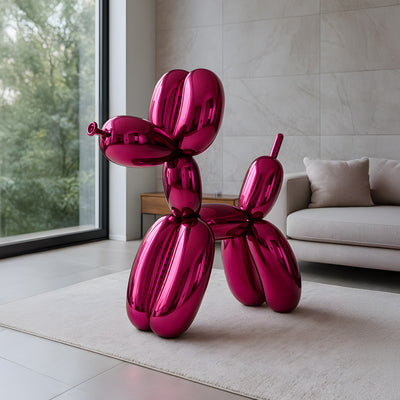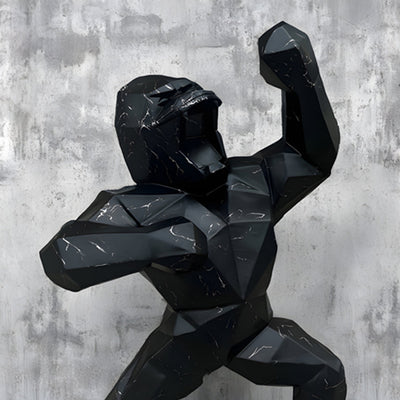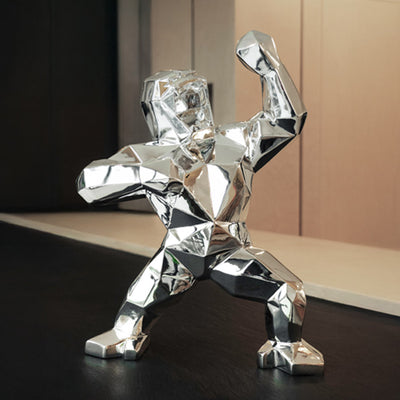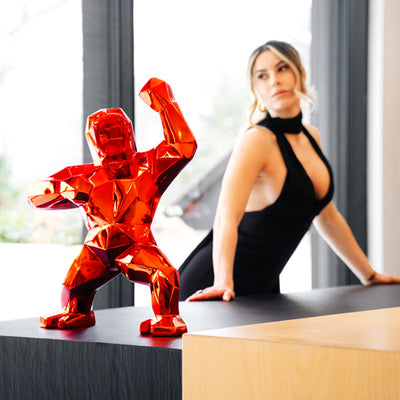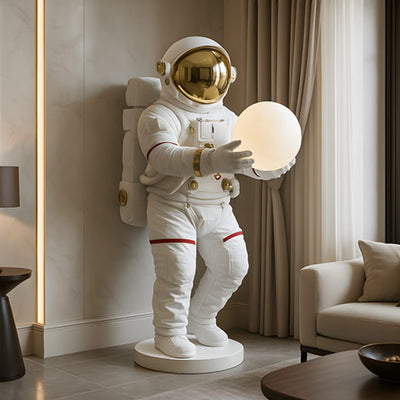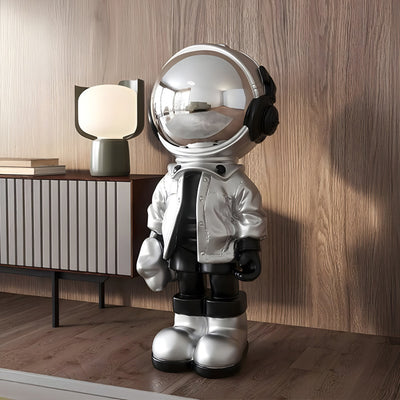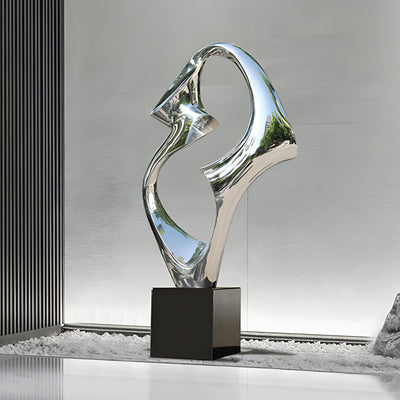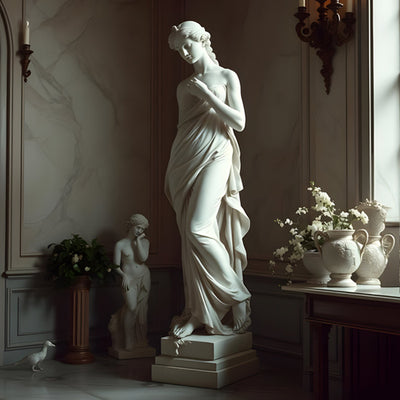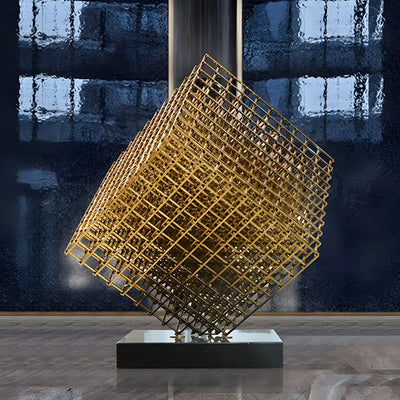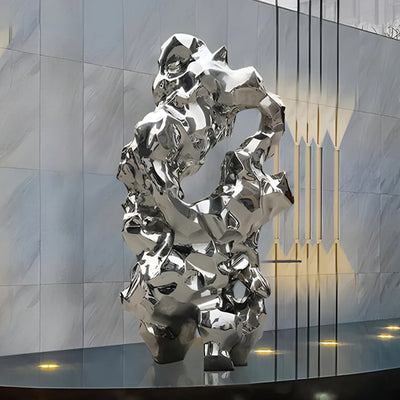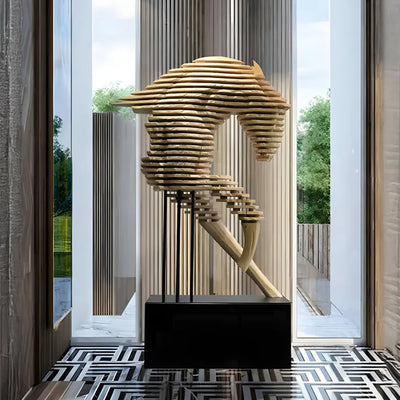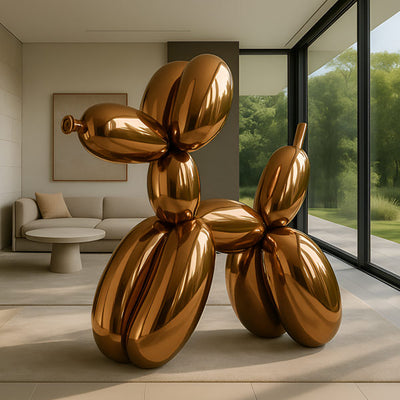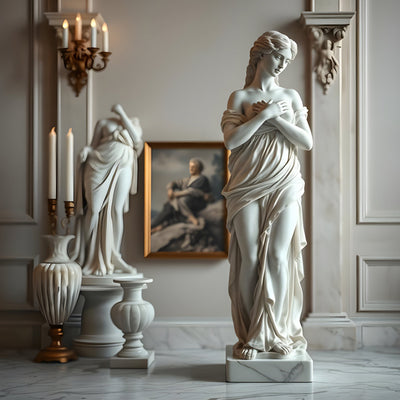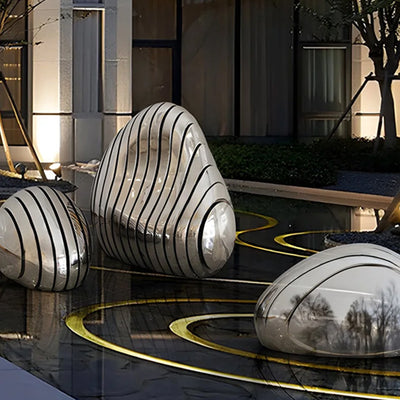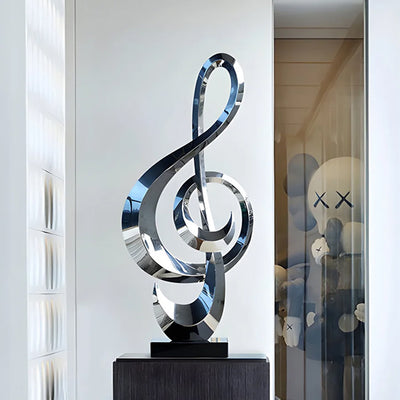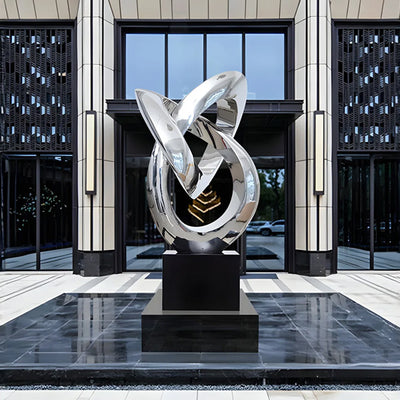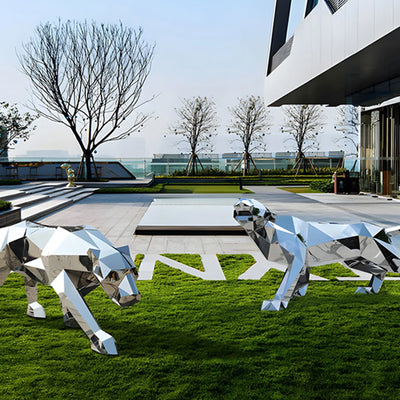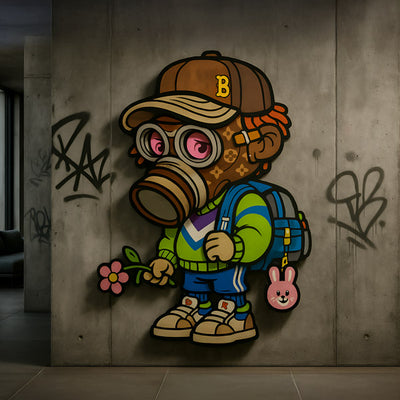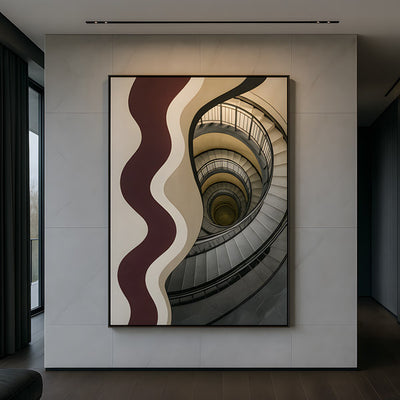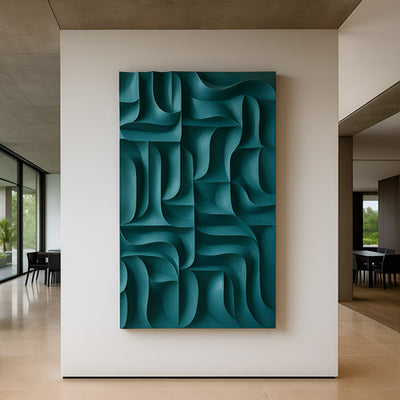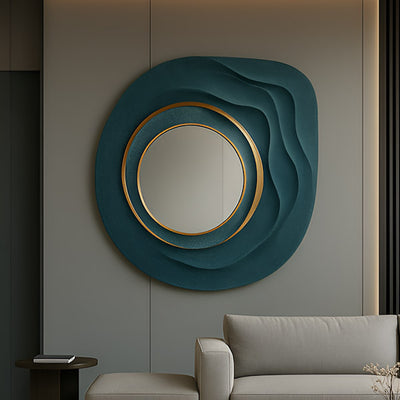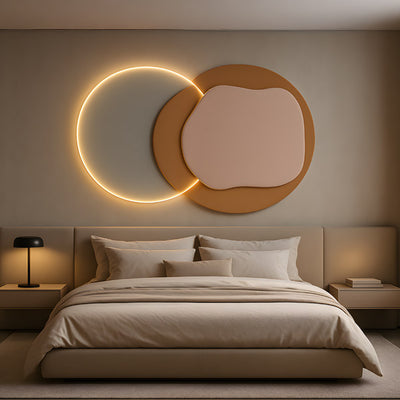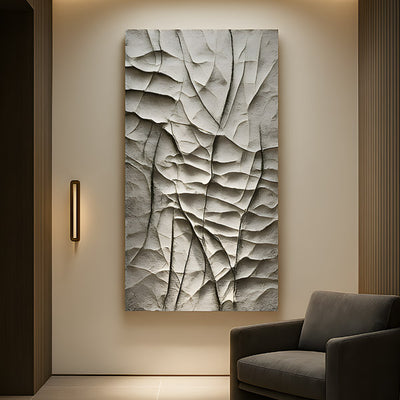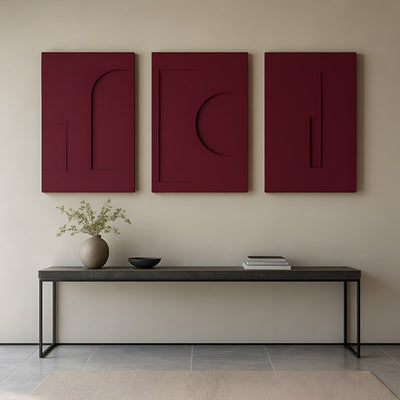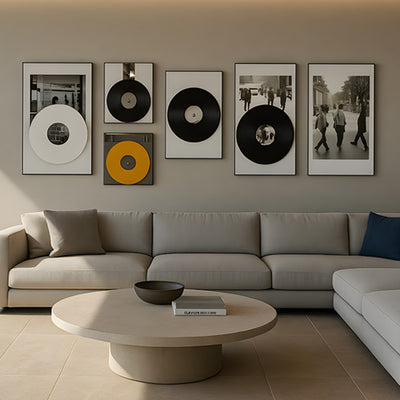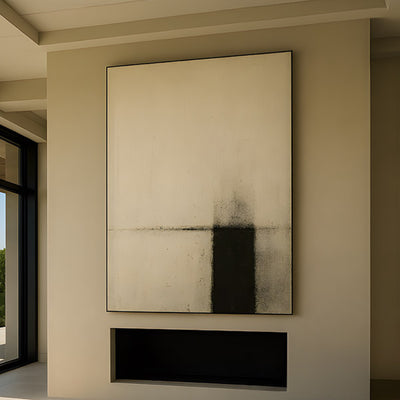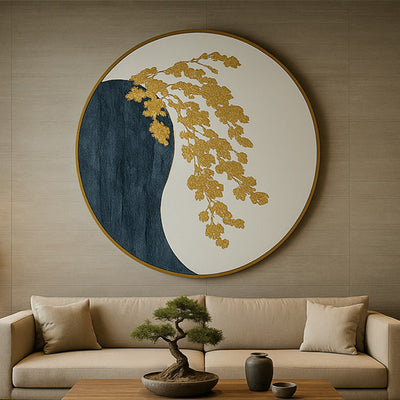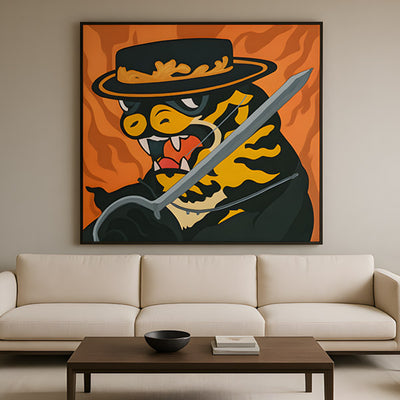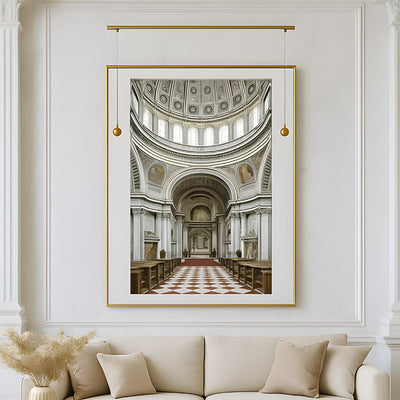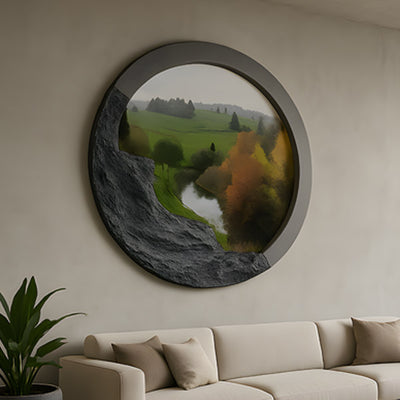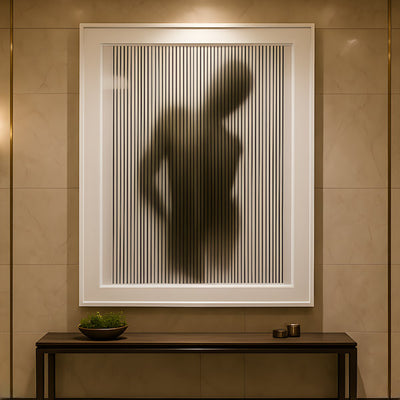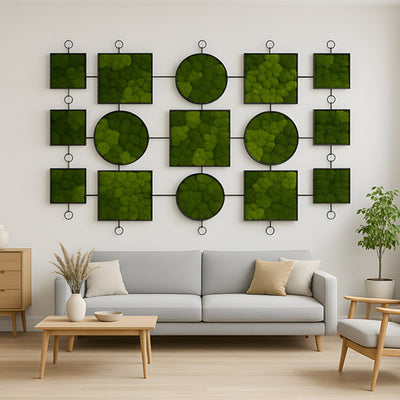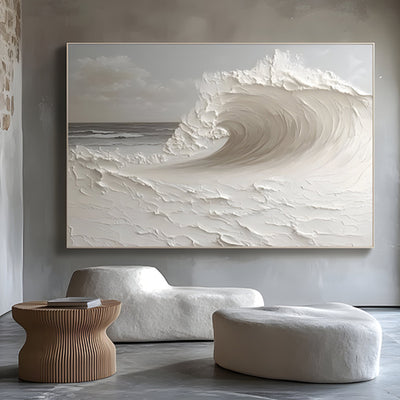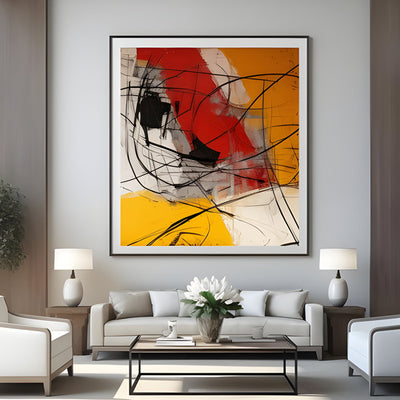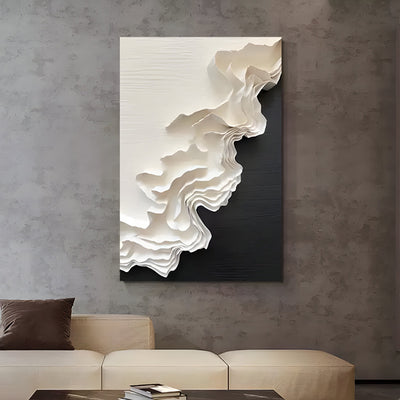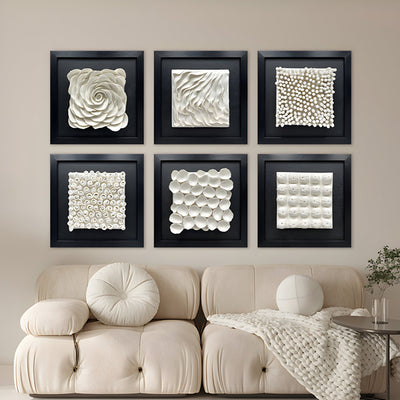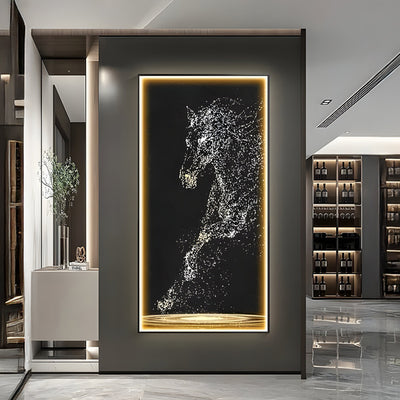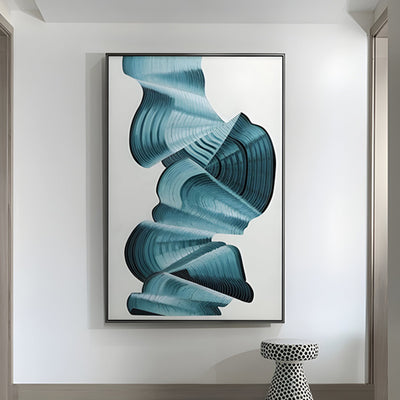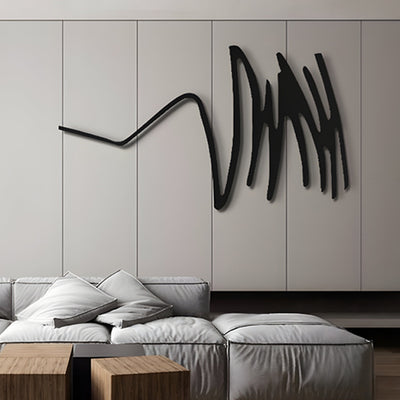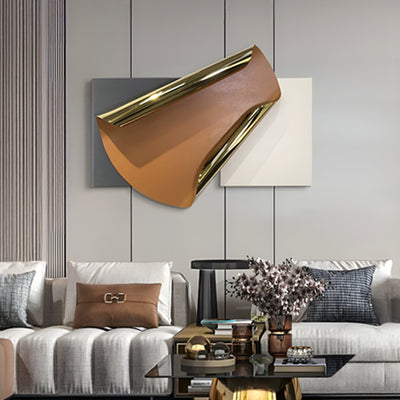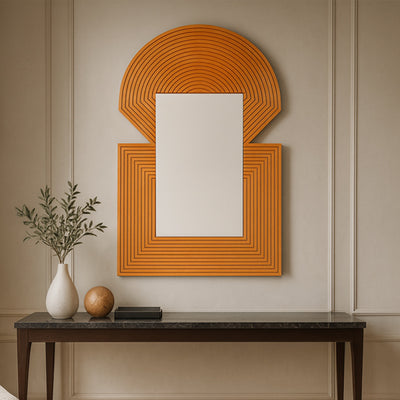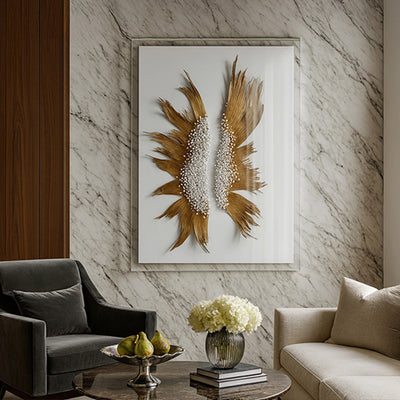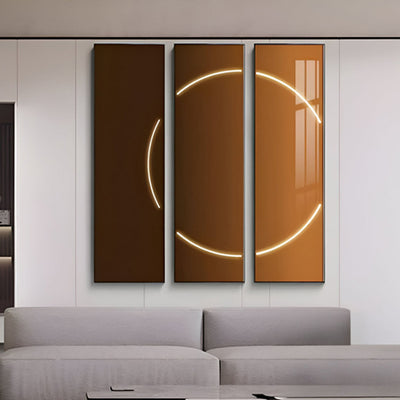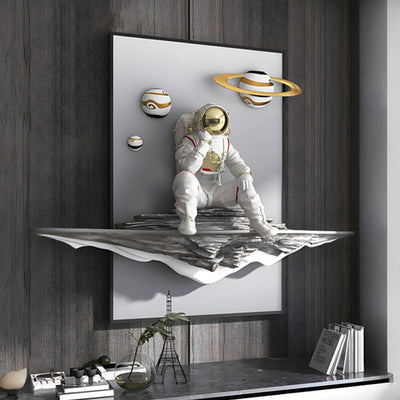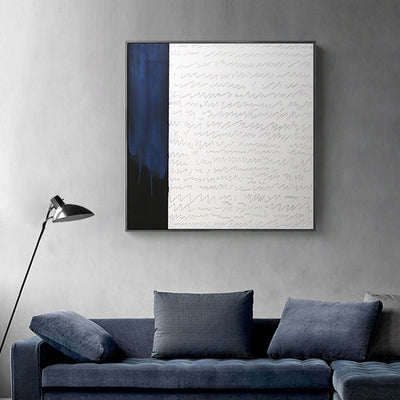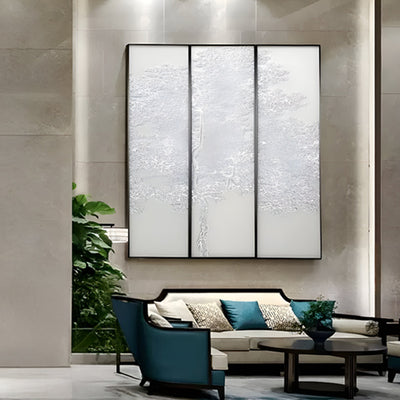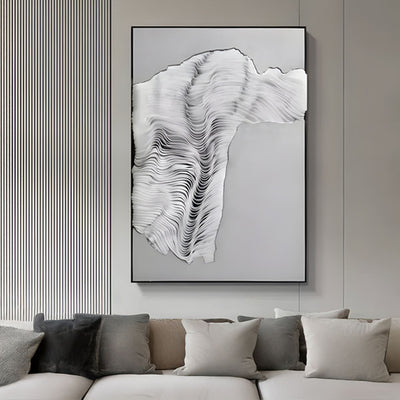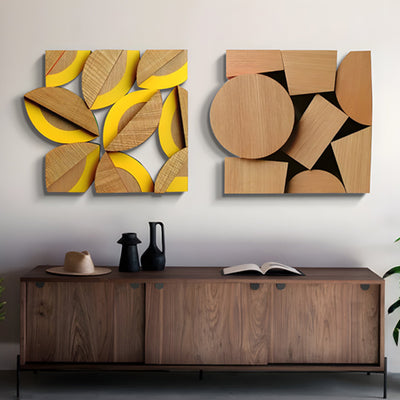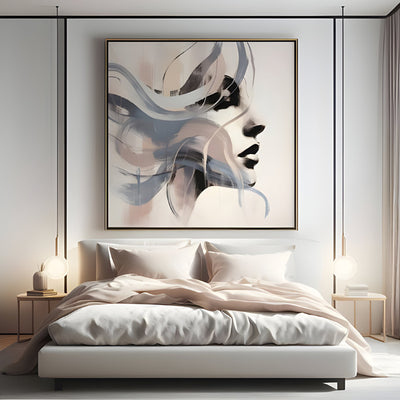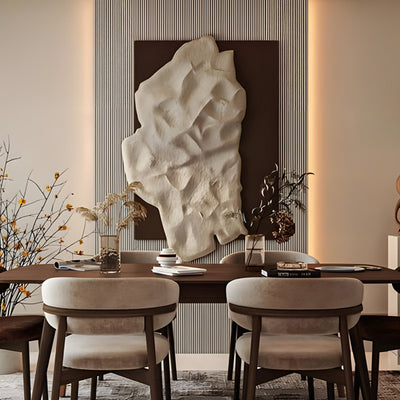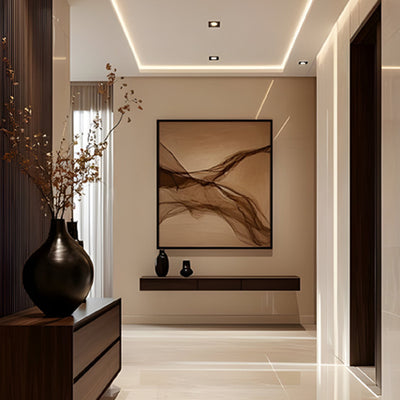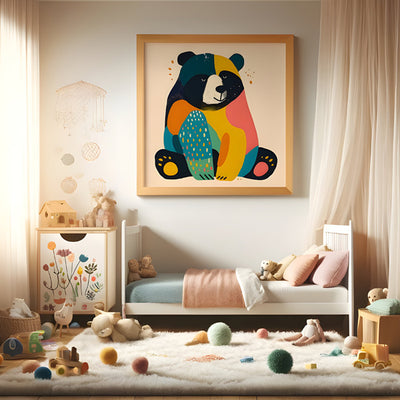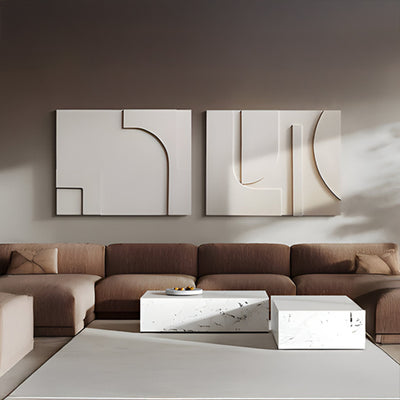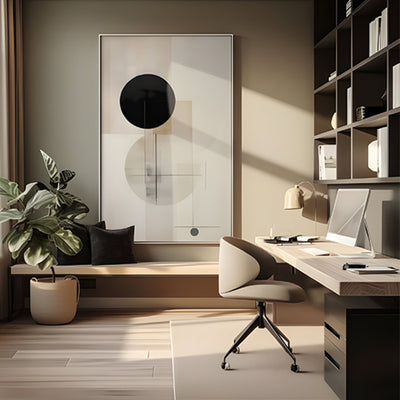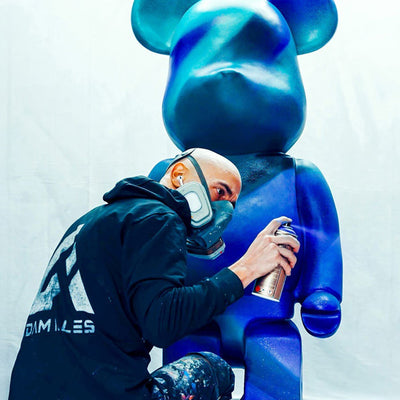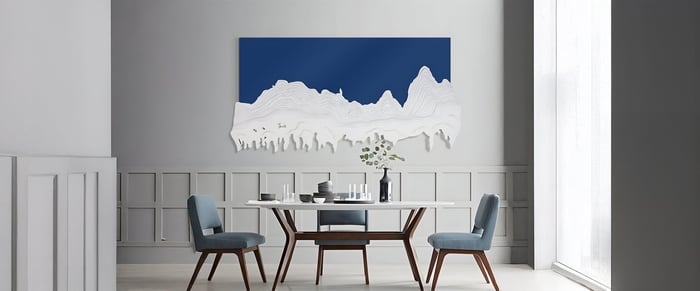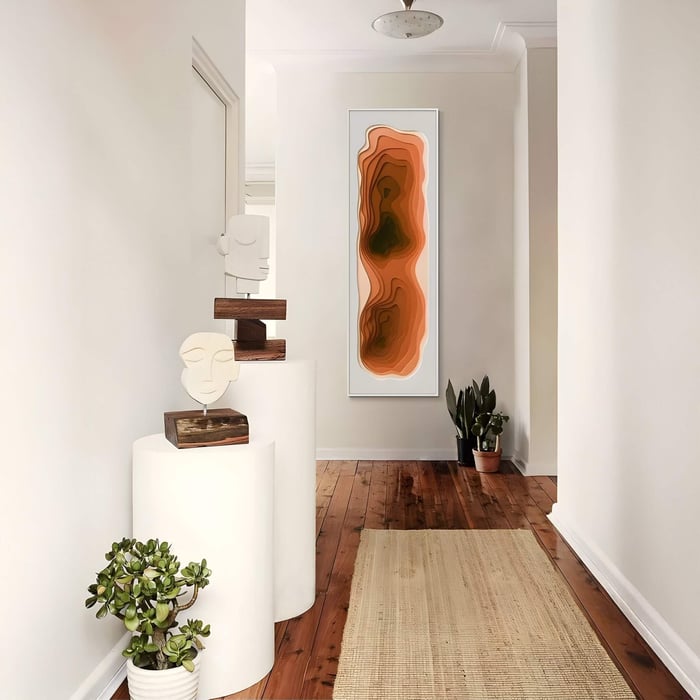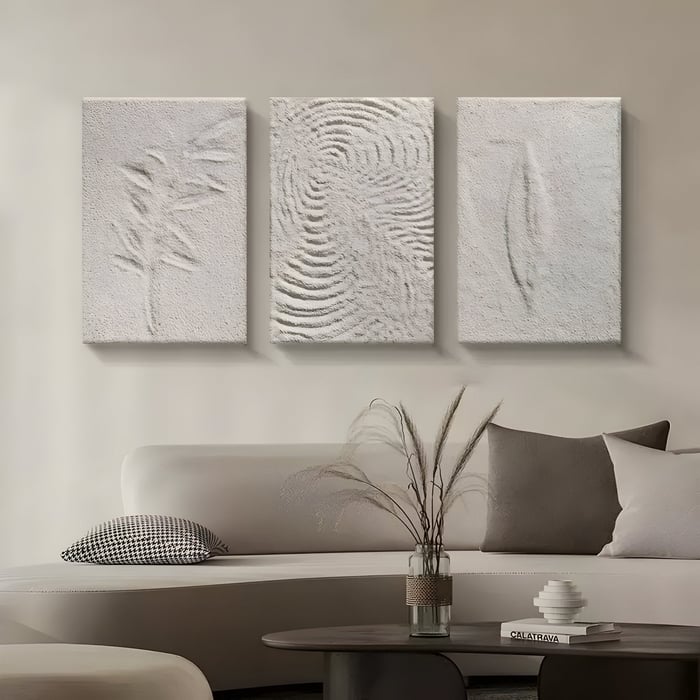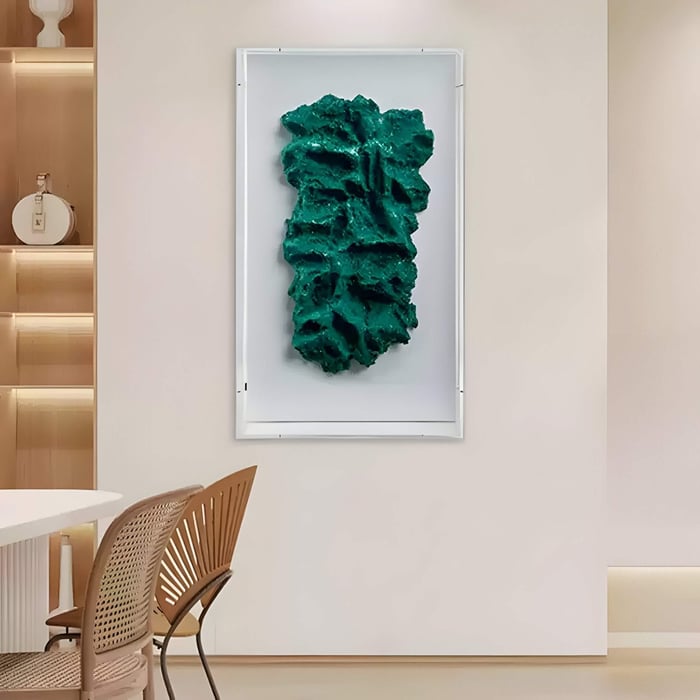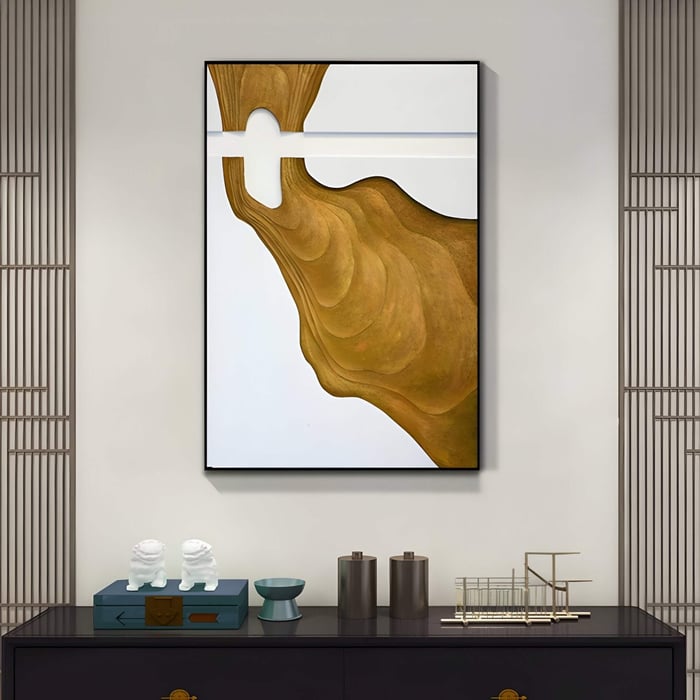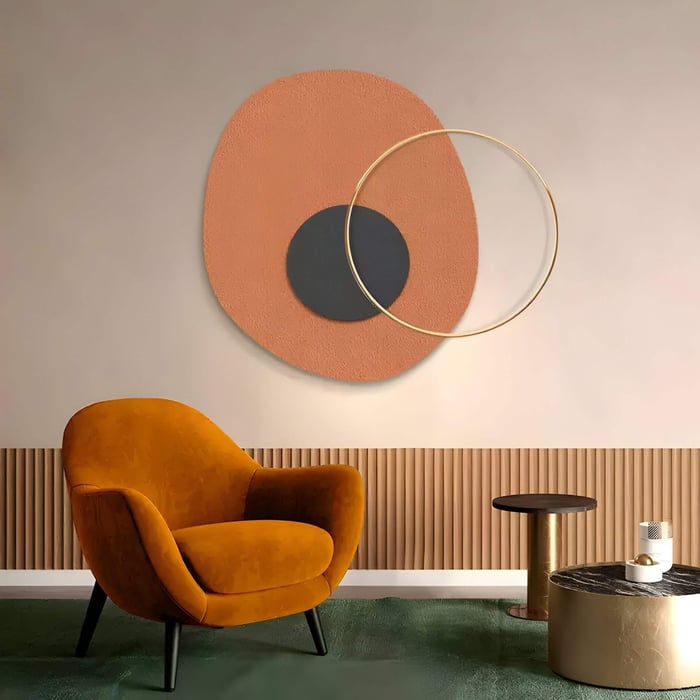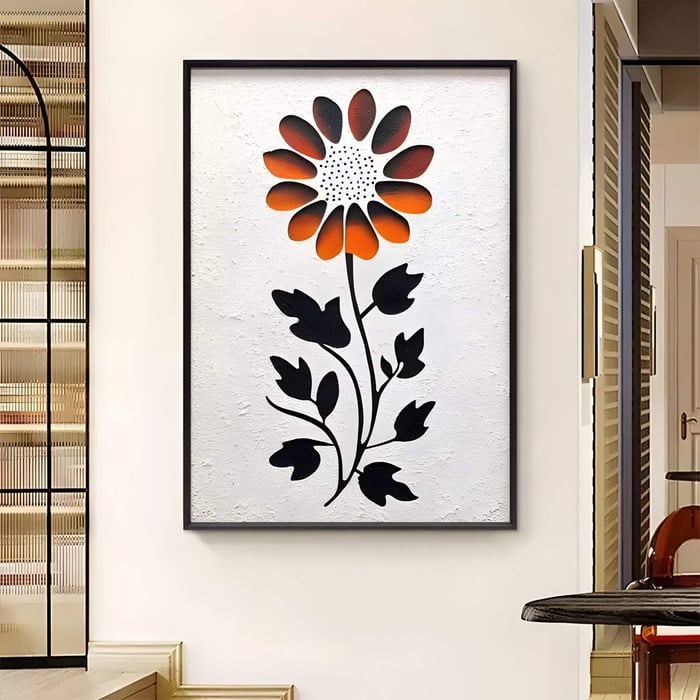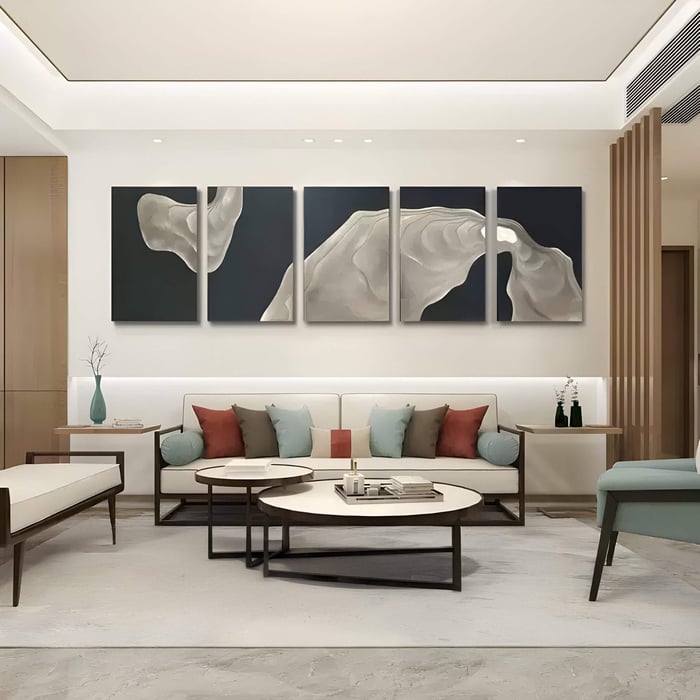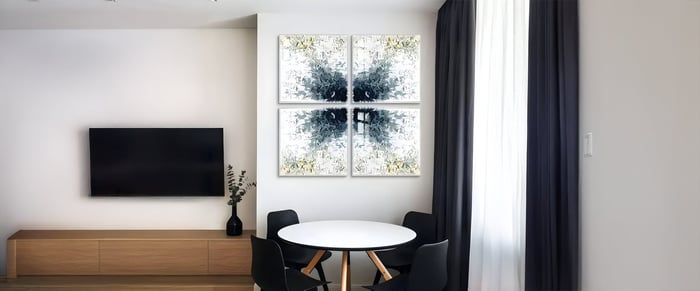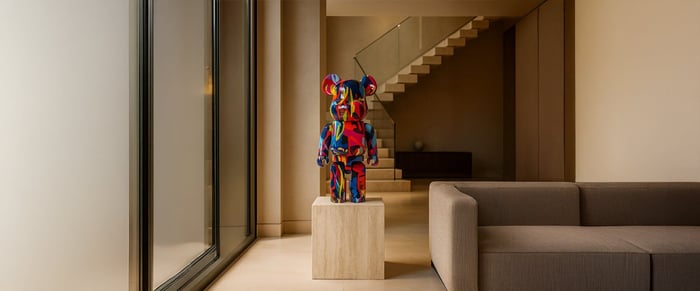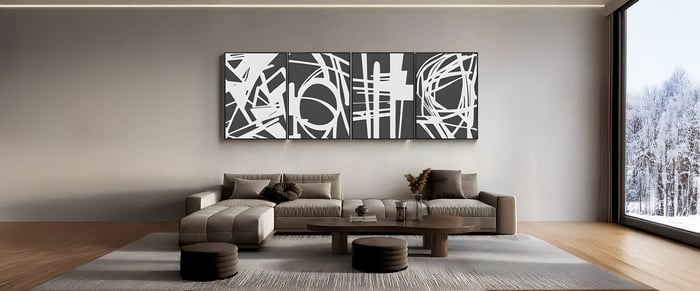Table of Contents
- Introduction - Feeling Natural Luxury with Sandstone Panels
- The Rising Trend of Natural Stone Wall Art
- Styles & Finishes: Layering Depth with Sandstone Panels
- Layering: How to Compose Sandstone Panels in Your Space
- Placement & Lighting: Showing Off the Layers
- Durability, Installation & Maintenance
- Examples & Inspiring Applications
- Conclusion - Why Sandstone Panels Are More Than Decoration
- FAQs
Introduction - Feeling Natural Luxury with Sandstone Panels
There’s something timeless about sandstone. Its subtle layers, earthy tones, and tactile textures bring warmth and authenticity to interiors in a way few other materials can. When crafted into panels or relief carvings, sandstone transforms from building material into statement artwork, blurring the line between architecture and fine design. Luxury sandstone art panels are increasingly being embraced in high-end homes, boutique hotels, and spas, thanks to their ability to balance visual drama with natural serenity. Each piece is unique, shaped by millions of years of geological history and refined by human artistry. The result: walls that feel alive, textured, and sculptural.
In this article, we’ll explore why sandstone art panels are on the rise, the finishes and styles available, how layering creates depth, and where best to place them for maximum impact. We’ll also look at installation, durability, and inspiring examples of artisan sandstone artwork.
The Rising Trend of Natural Stone Wall Art
Natural stone wall panels, particularly sandstone, are redefining what luxury interiors look like. No longer limited to flooring or cladding, sandstone has moved centre stage as a medium for wall art and sculptural décor. Designers are increasingly drawn to its imperfect beauty, which ties into wabi sabi art philosophies that value rawness, ageing, and authenticity.
Why Sandstone?
Texture & Relief: A textured sandstone wall art provides both depth and warmth, making it stand out from flat painted or papered surfaces.
Earthy Palette: From creamy beige and pale taupe to deep rusts and peachy tones, sandstone offers a palette that harmonises with both modern and traditional interiors.
Versatility: Panels can be smooth and minimalist or deeply carved into relief stone carvings that act like murals.
Current trends also emphasise sustainable and organic design. Artisans are turning to organic art panels with hand-carved patterns that echo leaves, waves, or geometric rhythms, while finishes such as split-face, honed, or brushed highlight sandstone’s natural layering. The outcome is art that feels grounded and enduring, yet contemporary.
Styles & Finishes: Layering Depth with Sandstone Panels
One of sandstone’s greatest strengths is its adaptability. From soft, subtle textures to bold sculptural reliefs, sandstone art panels suit a wide variety of aesthetics.
Relief Carving & 3D Panels
Carved sandstone creates drama through shadow and depth. Panels etched with geometric or organic motifs turn walls into living canvases. By day, natural light casts soft shadows across the relief; by night, accent lighting enhances every carved line.
Textured Finishes
Finishes range from smooth, honed surfaces that feel refined to rough-split panels that celebrate raw imperfection. A textured sandstone wall often carries the tactile charm of weathered stone, making spaces feel closer to nature.
Natural Veining & Tones
Sandstone’s subtle banding and grain mean no two panels are the same. This variation adds richness when multiple slabs are installed side by side. Multi-shade sandstone in warm organic stone tones creates natural contrast without artificial colouring.
Custom Panels
For clients wanting something personal, artisans now offer engraved motifs, abstract stencils, or hand-painted sandstone art finishes. These customised designs transform stone into unique art commissions.
Layering: How to Compose Sandstone Panels in Your Space
Layering is a growing design strategy where different panels, finishes, and depths are combined to create a sculptural look.
Feature Walls: In living rooms or bedrooms, sandstone mural panels placed behind furniture create dramatic backdrops. Combining smooth slabs with carved reliefs produces visual tiers that shift with lighting.
Accent Niches: Smaller carved sandstone inserts above fireplaces or in stairwell niches provide texture without overwhelming.
Multi-panel Setups: Arranging panels of varied thickness creates dimensional walls that feel like 3D art rather than flat décor.
Tone & Texture Mixes: Light-toned panels layered in front of darker, rugged surfaces add depth and contrast.
Layering works particularly well in spaces where walls play a strong architectural role - staircases, double-height foyers, or dining rooms needing a bold centrepiece.
Placement & Lighting: Showing Off the Layers
Sandstone art panels deserve thoughtful positioning.
Entrances & Foyers: These set the tone for a home or hotel, with luxury sandstone panels making an immediate impact.
Living Rooms: Panels placed behind sofas or media walls draw attention without competing with furnishings.
High-Traffic Areas: Corridors or staircases benefit from textured surfaces that invite touch and curiosity.
Lighting plays a critical role. Grazing light, cast from the side, enhances every carved groove, while warm spotlights prevent the surface from appearing flat. Avoid strong overhead light that washes out detail.
Pair sandstone with neutral painted walls, organic furnishings, or minimal furniture. Wooden consoles, metal accents, or natural rugs amplify the warmth and authenticity of the stone.
Durability, Installation & Maintenance
Durability
Sandstone is naturally durable but, like any natural stone, it benefits from proper finishing. Denser varieties resist wear better, while softer sandstones may need sealing to avoid staining.
Installation
Because sandstone art panels are weighty, substrate preparation is key. Strong wall supports or adhesive systems ensure panels remain stable. Large feature walls often require professional installation, especially where relief stone carving adds thickness.
Maintenance
Sealing: Sealed panels are more resistant to moisture and staining.
Cleaning: Use mild, pH-neutral cleaners; avoid acids and abrasives.
Environment: Avoid constant damp or freezing conditions indoors; ensure controlled humidity in spa-like environments.
Proper care ensures luxury sandstone panels retain their depth of colour and detail for decades.
Examples & Inspiring Applications
Designers worldwide are pushing the boundaries of artisan sandstone artwork.
Cranbourne Stone has created carved panels with botanical motifs, perfect for spa and wellness environments. Their reliefs use subtle curves and shadows to mimic natural growth.
EarthStona specialises in contemporary stone mural panels that combine multiple finishes within one installation, layering honed and textured surfaces.
Stone Art by SKL produces organic art panels with wavy, sculpted reliefs, ideal for feature walls in living or dining rooms.
Applications vary from minimalist living spaces, where subtle sandstone panels echo calm, to luxurious hotel lobbies where monumental carved sandstone art becomes the centrepiece. Even bathrooms and spa areas benefit from sandstone’s earthy presence, with panels doubling as calming backdrops for wellness rituals.
Conclusion - Why Sandstone Panels Are More Than Decoration
Sandstone art panels are not just wall coverings; they are expressions of nature, carved and layered into luxurious forms. They combine ancient materiality with modern artistry, offering depth, texture, and mood that flat surfaces can never replicate.
When thoughtfully chosen, lit, and styled, carved sandstone panels elevate interiors, turning ordinary walls into sculptural statements. Whether used in feature walls, layered backdrops, or bespoke mural installations, they remind us of the timeless connection between natural materials and human creativity.
For anyone seeking to enrich their home or project with authentic artistry, sandstone panels are an investment in beauty that feels both grounded and refined. Explore curated collections and artisan options to visualise how layered sandstone art can transform your space.
FAQs
Do sandstone panels require sealing?
Yes. Sealing helps protect against stains and moisture, especially in kitchens, bathrooms, or spa environments.
How thick should panels be for interior vs exterior use?
Interior panels can be thinner (20–30mm), while exterior applications benefit from thicker slabs for durability.
Can you layer sandstone panels on uneven walls?
Yes, but the wall should be levelled or a mounting framework installed for proper stability.
What’s the typical cost for custom sandstone art panels?
Prices vary widely by size, carving detail, and finish, but bespoke artisan pieces are generally premium investments reflecting craftsmanship.
